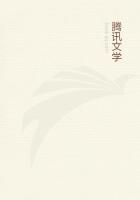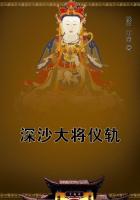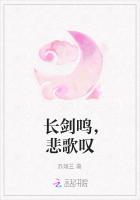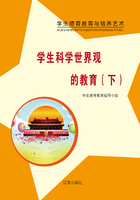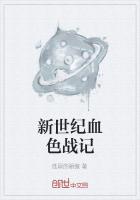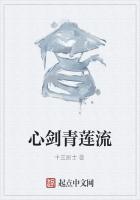The next step we must take is to see in how many senses one thing is said to be 'in' another.
(1) As the finger is 'in' the hand and generally the part 'in' the whole.
(2) As the whole is 'in' the parts: for there is no whole over and above the parts.
(3) As man is 'in' animal and generally species 'in' genus.
(4) As the genus is 'in' the species and generally the part of the specific form 'in' the definition of the specific form.
(5) As health is 'in' the hot and the cold and generally the form 'in' the matter.
(6) As the affairs of Greece centre 'in' the king, and generally events centre 'in' their primary motive agent.
(7) As the existence of a thing centres 'in its good and generally 'in' its end, i.e. in 'that for the sake of which' it exists.
(8) In the strictest sense of all, as a thing is 'in' a vessel, and generally 'in' place.
One might raise the question whether a thing can be in itself, or whether nothing can be in itself-everything being either nowhere or in something else.
The question is ambiguous; we may mean the thing qua itself or qua something else.
When there are parts of a whole-the one that in which a thing is, the other the thing which is in it-the whole will be described as being in itself. For a thing is described in terms of its parts, as well as in terms of the thing as a whole, e.g. a man is said to be white because the visible surface of him is white, or to be scientific because his thinking faculty has been trained. The jar then will not be in itself and the wine will not be in itself. But the jar of wine will: for the contents and the container are both parts of the same whole.
In this sense then, but not primarily, a thing can be in itself, namely, as 'white' is in body (for the visible surface is in body), and science is in the mind.
It is from these, which are 'parts' (in the sense at least of being 'in' the man), that the man is called white, &c. But the jar and the wine in separation are not parts of a whole, though together they are. So when there are parts, a thing will be in itself, as 'white' is in man because it is in body, and in body because it resides in the visible surface. We cannot go further and say that it is in surface in virtue of something other than itself. (Yet it is not in itself: though these are in a way the same thing,) they differ in essence, each having a special nature and capacity, 'surface' and 'white'.
Thus if we look at the matter inductively we do not find anything to be 'in' itself in any of the senses that have been distinguished; and it can be seen by argument that it is impossible. For each of two things will have to be both, e.g. the jar will have to be both vessel and wine, and the wine both wine and jar, if it is possible for a thing to be in itself; so that, however true it might be that they were in each other, the jar will receive the wine in virtue not of its being wine but of the wine's being wine, and the wine will be in the jar in virtue not of its being a jar but of the jar's being a jar. Now that they are different in respect of their essence is evident; for 'that in which something is' and 'that which is in it' would be differently defined.
Nor is it possible for a thing to be in itself even incidentally: for two things would at the same time in the same thing. The jar would be in itself-if a thing whose nature it is to receive can be in itself; and that which it receives, namely (if wine) wine, will be in it.
Obviously then a thing cannot be in itself primarily.
Zeno's problem-that if Place is something it must be in something-is not difficult to solve. There is nothing to prevent the first place from being 'in' something else-not indeed in that as 'in' place, but as health is 'in' the hot as a positive determination of it or as the hot is 'in' body as an affection. So we escape the infinite regress.
Another thing is plain: since the vessel is no part of what is in it (what contains in the strict sense is different from what is contained), place could not be either the matter or the form of the thing contained, but must different-for the latter, both the matter and the shape, are parts of what is contained.
This then may serve as a critical statement of the difficulties involved.

